Related Research Articles
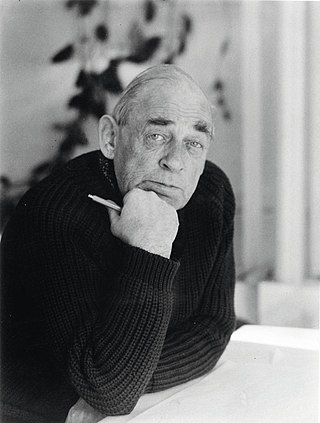
Hugo Alvar Henrik Aalto was a Finnish architect and designer. His work includes architecture, furniture, textiles and glassware, as well as sculptures and paintings. He never regarded himself as an artist, seeing painting and sculpture as "branches of the tree whose trunk is architecture." Aalto's early career ran in parallel with the rapid economic growth and industrialization of Finland during the first half of the 20th century. Many of his clients were industrialists, among them the Ahlström-Gullichsen family, who became his patrons. The span of his career, from the 1920s to the 1970s, is reflected in the styles of his work, ranging from Nordic Classicism of the early work, to a rational International Style Modernism during the 1930s to a more organic modernist style from the 1940s onwards.
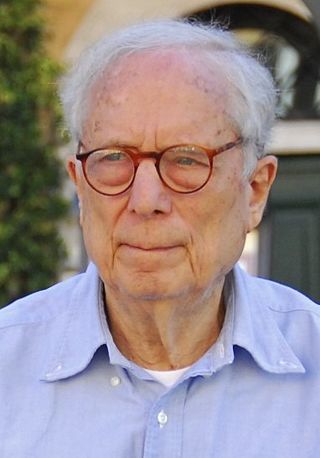
Robert Charles Venturi Jr. was an American architect, founding principal of the firm Venturi, Scott Brown and Associates, and one of the major architectural figures of the twentieth century.

Peter Eisenman is an American architect. Considered one of the New York Five, Eisenman is known for his writing and speaking about architecture as well as his designs, which have been called high modernist or deconstructive.
The year 1972 in architecture involved some significant architectural events and new buildings.
Charles Willard Moore was an American architect, educator, writer, Fellow of the American Institute of Architects, and winner of the AIA Gold Medal in 1991. He is often labeled as the father of postmodernism. His work as an educator was important to a generation of American architects who read his books or studied with him at one of the several universities where he taught.

Sebastiano Serlio was an Italian Mannerist architect, who was part of the Italian team building the Palace of Fontainebleau. Serlio helped canonize the classical orders of architecture in his influential treatise variously known as I sette libri dell'architettura or Tutte l'opere d'architettura et prospetiva.

Demetri Porphyrios is a Greek architect and author who practices architecture in London as principal of the firm Porphyrios Associates. In addition to his architectural practice and writing, Porphyrios has held a number of teaching positions in the United States, the United Kingdom and Greece. He is currently a visiting professor at the Yale School of Architecture.

Gustav Stickley was an American furniture manufacturer, design leader, publisher, and a leading voice in the American Arts and Crafts movement. Stickley's design philosophy was a major influence on American Craftsman architecture.

Carrère and Hastings, the firm of John Merven Carrère and Thomas Hastings, was one of the outstanding American Beaux-Arts architecture firms. Located in New York City, the firm practiced from 1885 until 1929, although Carrère died in an automobile accident in 1911.

Serge Ivan Chermayeff was a Russian-born British architect, industrial designer, writer, and co-founder of several architectural societies, including the American Society of Planners and Architects.

The Yale School of Architecture (YSOA) is one of the constituent professional schools of Yale University, and is generally considered to be one of the best architecture schools in the United States. The School awards the degrees of Master of Architecture I, Master of Architecture II, Master of Environmental Design (M.E.D), and Ph.D in architectural history and criticism. The School also offers joint degrees with the Yale School of Management and Yale School of the Environment, as well as a course of study for undergraduates in Yale College leading to a Bachelor of Arts. Since its founding as a department in 1916, the School has produced some of the world's leading architects, including Norman Foster, Richard Rogers, Maya Lin and Eero Saarinen, among others. The current dean of the School is Deborah Berke.

McKim, Mead & White was an American architectural firm that came to define architectural practice, urbanism, and the ideals of the American Renaissance in fin de siècle New York. The firm's founding partners Charles Follen McKim (1847–1909), William Rutherford Mead (1846–1928) and Stanford White (1853–1906) were giants in the architecture of their time, and remain important as innovators and leaders in the development of modern architecture worldwide. They formed a school of classically trained, technologically skilled designers who practiced well into the mid-twentieth century. According to Robert A. M. Stern, only Frank Lloyd Wright was more important to the identity and character of modern American architecture.

American Craftsman is an American domestic architectural style, inspired by the Arts and Crafts movement, which included interior design, landscape design, applied arts, and decorative arts, beginning in the last years of the 19th century. Its immediate ancestors in American architecture are the Shingle style, which began the move away from Victorian ornamentation toward simpler forms; and the Prairie style of Frank Lloyd Wright. The name "Craftsman" was appropriated from furniture-maker Gustav Stickley, whose magazine The Craftsman was first published in 1901. The architectural style was most widely used in small-to-medium-sized Southern California single-family homes from about 1905, so that the smaller-scale Craftsman style became known alternatively as "California bungalow". The style remained popular into the 1930s, and has continued with revival and restoration projects through present times.
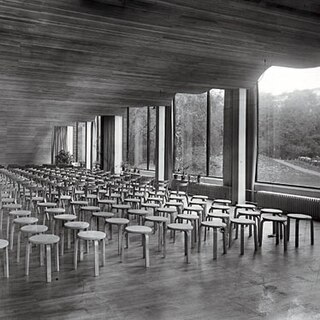
Vyborg Library is a library in Vyborg, Russia, built during the time of Finnish sovereignty, before the Finnish city of Viipuri was annexed by the former USSR and its Finnish name was changed to Vyborg by the Soviet authorities.
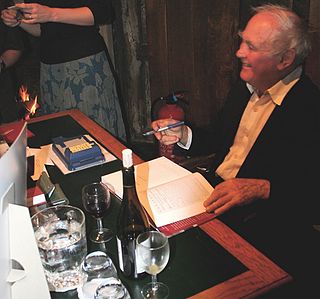
John Frederick Harris OBE was an English curator, historian of architecture, gardens and architectural drawings, and the author of more than 25 books and catalogues, and 200 articles. He was a Fellow and Curator Emeritus of the Drawings Collection of the Royal Institute of British Architects, founding Trustee of Save Britain's Heritage and Save Europe's Heritage, and founding member and Honorary Life President of the International Confederation of Architectural Museums.

Allan Greenberg is an American architect and one of the leading classical architects of the twenty-first century, also known as New Classical Architecture.
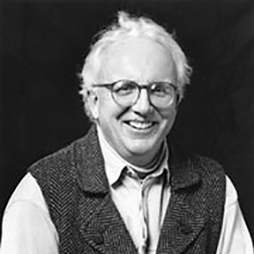
Steven Izenour was an American architect, urbanist and theorist. He is best known as co-author, with Robert Venturi and Denise Scott Brown, of Learning from Las Vegas, one of the most influential architectural theory books of the twentieth century. He was also a principal in the Philadelphia firm Venturi, Scott Brown & Associates.
George Charles Izenour, MPhys, AIEEE was an American designer and leading innovator in the field of theatrical design and technology, as well as an author and educator. He taught at Yale University from 1940 to 1977. In 1959 he established a consulting firm for theater design and acoustics.
George Joseph Ranalli is an American modernist architect, scholar, curator, and fellow of the American Institute of Architects. He is based in New York City.

Learning from Las Vegas is a 1972 book by Robert Venturi, Denise Scott Brown, and Steven Izenour. Translated into 18 languages, the book helped foster the development of postmodern architecture.
References
- ↑ Who's Who In The East, 1995-96 (Marquis, New Providence, NJ: 1996).
- ↑ Hewitt (1985), as cited in Ellen Yi-Luen Do (2000)
- ↑ Herbert, Daniel M. Architectural study drawings. John Wiley & Sons, 1993.
- ↑ Do, Ellen Yi-Luen, et al. "Intentions in and relations among design drawings." Design studies 21.5 (2000): 483-503.
- ↑ US School Yearbooks 1880-2012 Ancestry Record, Sammamish High School, 1971.
- ↑ List of Previous Lecturers, Rutgers School of Arts and Sciences, 2017. Accessed 02-06-2017.
- ↑ Hewitt, Mark Alan, Draw In Order to See: a cognitive history of architectural design (San Francisco, ORO Editions: 2020).
- ↑ Drive By History | Roadside Novelty Architecture + History of Covered Bridges. | Season 2021 | PBS , retrieved 2022-10-05